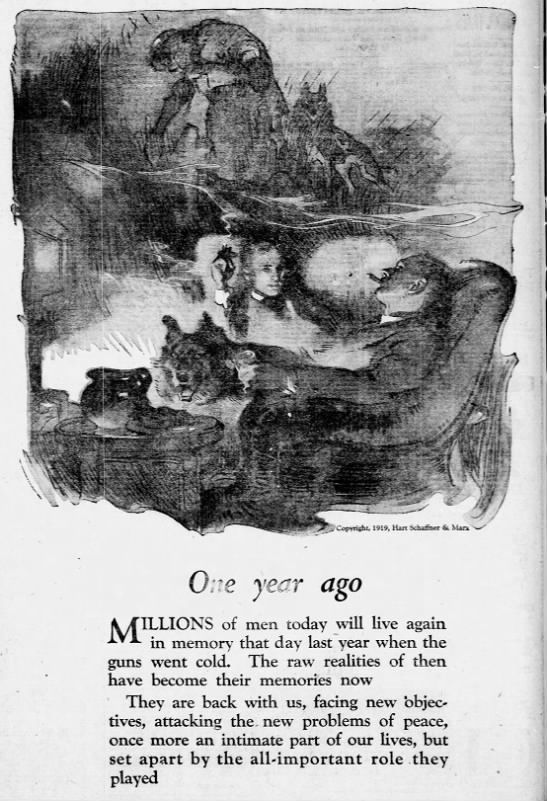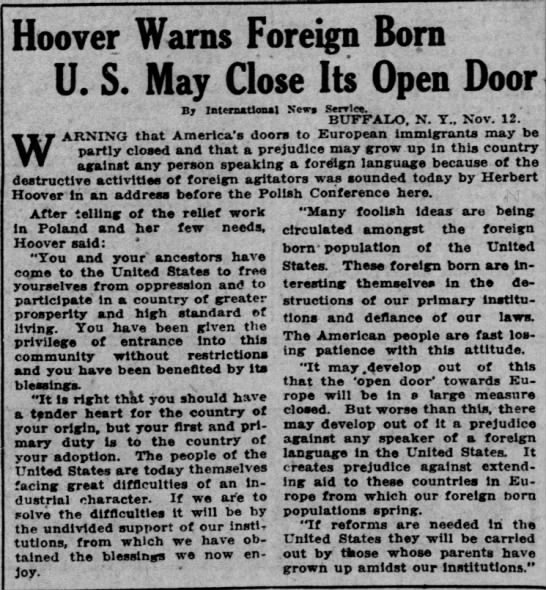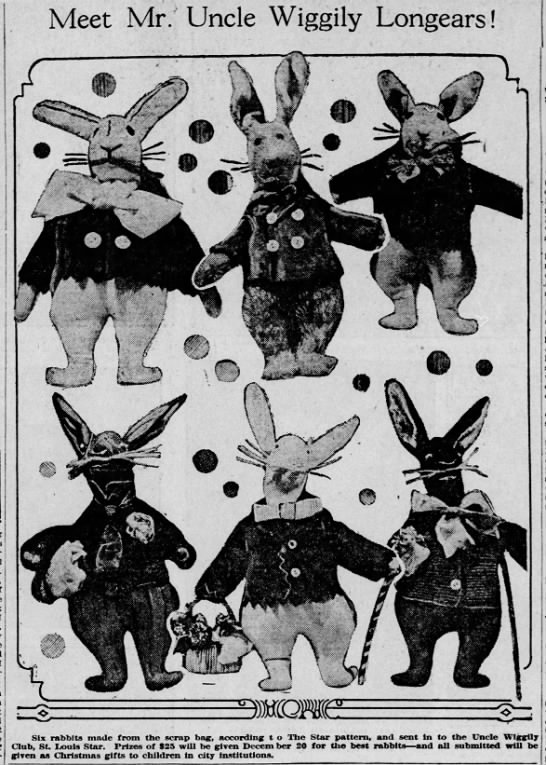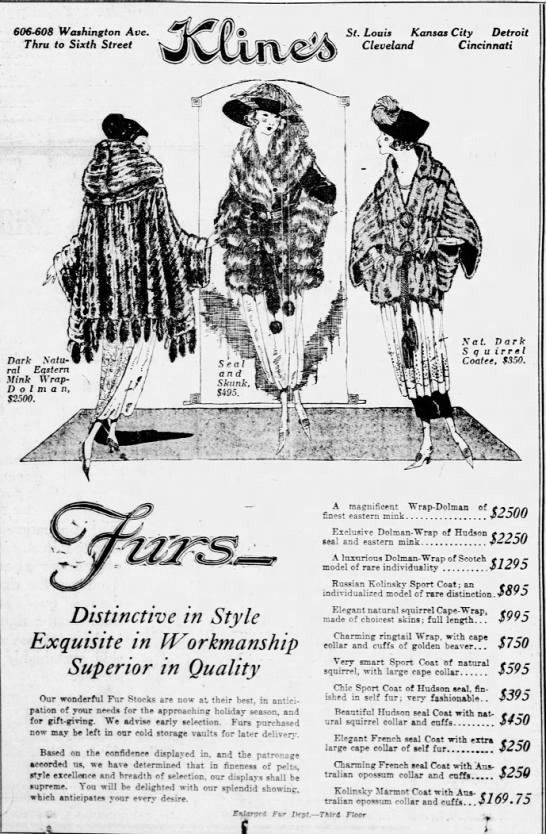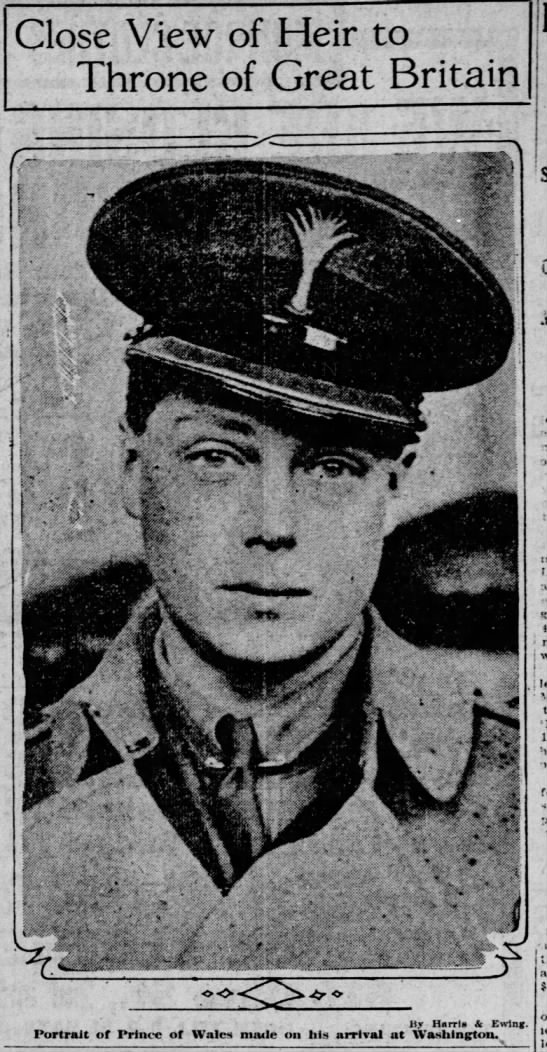Her newest novel Mercy Road was inspired by a photograph of a female ambulance driver in France during WWI. Female doctors and nurses were banned from serving in the U. S. Army so they formed the American Women's Hospital and raised funds to send a volunteer team to France.
Creel's novel begins with a tragedy that leaves Arlene Favier aware of how life can change in an instant. A fire takes her home and father and the family's source of income. Desperate to find a job to support her mother and brother, and with dreams of rebuilding her father's stud farm, Arlene stumbles into an opportunity that will use her few employable skills--as a chauffeuses driving an ambulance for doctors volunteering in France.
With most French doctors serving at the front, there was a lack of medical services for civilians and refugees. With her command of French and experience with machines, Arlene is the perfect volunteer. With the lure of a cash bonus at the end of the war which would allow her to rebuild the family home, Arlene joins the American Women's Hospital service, formed to aid citizens and refugees.
To go to France in May 1918 required great courage and fortitude. The war had destroyed the land and the infrastructure. By September 1918, there were 1.85 million refugees. Food shortages and the lack of housing and clean water contributed to illness including typhus, tuberculosis, dysentery, and influenza. The Hospital Service also assisted men wounded at the front. The women were exposed to the horrors of battlefield wounds, the dead, and the dying.
Now I not only knew death; I knew the shade and scent of human blood and the charred appearance and stench of burnt human bodies. I knew the look of what lay beneath our skin. from Mercy Road by Ann Howard Creel
Arlene was excited to arrive in Paris, her father's birthplace. With restrictions against seeing soldiers, she rebuffs the attention of the handsome but oversure Captain Brohammer. He takes it as a challenge, pursuing her throughout the war even though Arlene makes clear she is not interested. But when she meets up with a childhood friend once employed by her father, her hesitancy to become romanticly involved is challenged.
 |
| Hospital 1 in Luzancy . Note the uniforms of the female ambulance drivers. |
The plot involves intrigue, accusations with devastating implications, and personal growth that challenges old ideas and the embracing of possibilities.
I received a free ebook from the author in exchange for a fair and unbiased review.
I read Creel's previous novel The River Widow. Read my review here.
Read more about the American Women's Hospital Service here.
Mercy Road
by Ann Howard Creel
Lake Union Publishing
Publication Date: November 21, 2019
$3.99 Kindle, $10.99 paperback, $14.99 Audio CD
From the author's website:
When I stumbled upon a story of truly unsung female heroes during World War I, I knew I’d found the inspiration for my next historical novel. Banned for service in the US Army, a group of female physicians and surgeons formed the American Women’s Hospital and independently sent an all-female team of doctors, nurses, ambulance drivers, and aides to war-torn France in 1918. Soon after I’d discovered this almost unknown piece of history, a character began to form and take on shape and dimension in my mind.
Arlene Favier, a young French-speaking horsewoman from Paris, Kentucky, joins the first team of the American Women’s Hospital as an ambulance driver, passes through Paris, France, and ends up serving soldiers and civilians alike on the front lines. Amid the chaos of war, she never expects to find romantic attention from two very different soldiers, and not only does she find herself in physical danger every day, her heart and belief in the human spirit become endangered, too. Because even during the days of life and death, things are not always as they appear to be, and not all soldiers are heroes.




